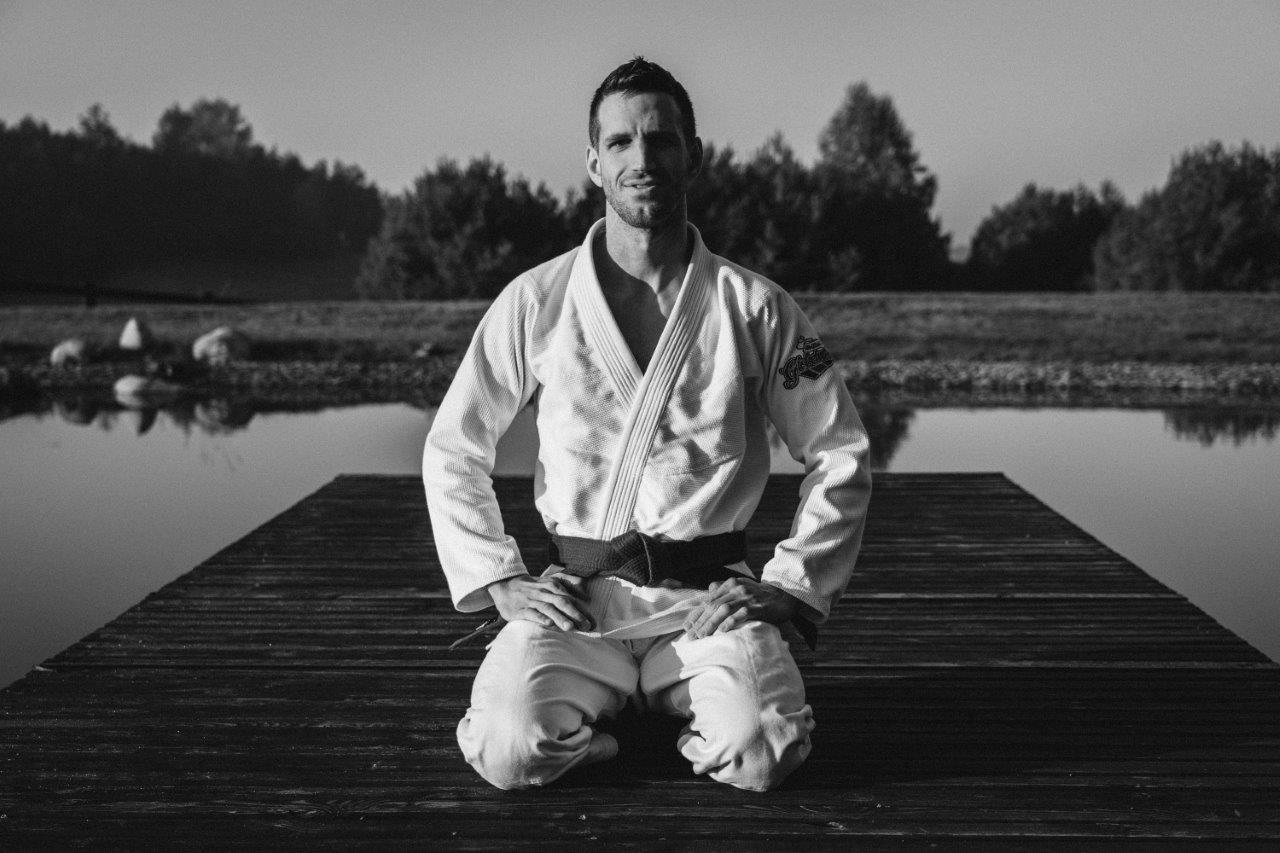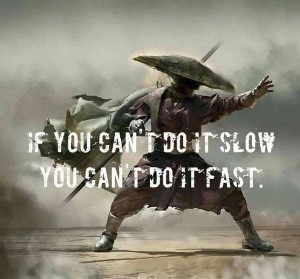Guidelines for Beginning Judoka (Part 2)
Blog by Sebastiaan Fransen, 5th dan Judo
https://www.spfransen.nl/handvatten-voor-de-beginnende-judoka-deel-2/
Last week, in Guidelines for Beginning Judoka (Part 1), I provided the first four guidelines for beginning judoka. Advanced judoka can also benefit from these, as rightly pointed out in the comments.
This week, in part two, I offer another four important guidelines for serious judoka. Of course, there are many more to consider, so please share your own suggestions in the comments (or start your own blog). Judoka love helping each other.
5. Fundamentals are Everything
You can’t learn to walk before you can stand. Similarly, a judoka shouldn’t attempt throws before mastering breakfalls. Rushing ahead hinders your progress. The same principle applies to throws and techniques.
Initially, it’s more beneficial to focus on foundational throws like uki-goshi and o-goshi before tackling complex throws like uchi-mata. Throws on two stable legs are simpler than throws on a single leg. Practice slowly, concentrating on judo principles rather than outcomes. Impressive techniques, like Zantaraia’s spectacular shoulder and leg throws, aren’t essential for beginners.
The same holds true for groundwork. First, learn to defend key positions and transition effectively. This is initially far more important than intricate arm locks or chokes.
I often see judoka attempt arm locks or chokes without securing proper control first. This mistake often results in the opponent taking advantage and countering effectively.
Focus on mastering the basics and repeat them endlessly with variations. Even black belt judoka consistently return to the basics. A strong foundation enables you to build towards advanced techniques.
6. Train with Advanced Judoka
In the past, some dōjō prohibited lower-ranked judoka from inviting higher-ranked judoka to practice. Thankfully, this is rare today, so I encourage inviting advanced judoka to train.
When I started judo at nine, I was small for my age and trained with higher-ranked, bigger, stronger judoka. It was fantastic!
I could only succeed using solid technique since strength alone made little impact. Additionally, I learned immensely from their knowledge and experience.
Training exclusively with other beginners may seem appealing because you occasionally “win,” but there are significant drawbacks.
Beginners risk injuring each other more frequently. Advanced judoka can ensure safety by executing proper throws and ukemi (breakfalls).
The master has failed more times than the beginner has tried. — Stephen McCranie
Advanced judoka also provide better corrections, helping you apply judo principles effectively. Don’t worry about looking inferior—experienced judoka understand the beginner’s journey and are eager to assist.
7. Tap Out Your Ego First
Perhaps the greatest obstacle to progress is ego. Ego can hinder our openness to learning. I previously discussed this in my blog Too Much Ego Will Kill Your Talent.
Ego-driven judoka fixate on winning, impairing their learning. In randori, resisting strongly prevents appreciating kuzushi (balance-breaking) and limits situational awareness.
Alternatively, ego-driven fear of failure leads to overly cautious training, hesitating from fear of judgment or inadequacy. Rather than comparing yourself to others, focus solely on your personal growth. Aim to become better than yesterday, not better than others.
For more mindset tips, visit SportMindset.nl, an excellent resource for personal development.
Leave your ego at the door and fully embrace judo. This mindset accelerates physical and mental growth.
8. Understand Judo Principles
Judo transcends sport. Founder Jigorō Kanō viewed judo as a means for physical and mental development, emphasizing morality over techniques.
Beginners benefit greatly from studying Kanō’s writings, discovering judo’s depth.
Start by mastering reishiki (etiquette), like respectful bows, clean white judogi, and courteous interactions. Great resources include Mitesco’s blog and Dave Lowry’s book In The Dojo.
Judo’s true value emerges through practicing its virtues: politeness, courage, friendship, self-control, sincerity, modesty, honor, and respect.
Understanding judo principles is equally vital, starting with applying seiryoku zen’yō (maximum efficiency with minimal effort) and jita kyōei (mutual welfare and benefit) during training.
Ultimately, apply these principles in daily life to achieve jiko no kansei (personal perfection). Kanō’s book Mind over Muscle is an excellent resource. Additionally, I wrote an article titled Living More Consciously with Judo Principles.
Fully immerse yourself in judo by embracing its principles, virtues, and etiquette. Apply these both on and off the tatami to become a better person and positively impact yourself and others—the ultimate goal of judo.
Final Thoughts
These guidelines aim for lifelong, sustainable judo practice. Judo study never truly ends, continually developing body and mind through seiryoku zen’yō, jita kyōei, and jiko no kansei. Even if physical practice becomes impossible, mental judo continues.
Enjoy this wonderful journey. Focus on the path rather than results. Strive daily to improve yourself.
“Where there is effort, there is fulfillment.” — Jigorō Kanō
I hope these guidelines help you become a dedicated judoka who loves practicing judo throughout life. If you have questions or additional suggestions, leave a comment or contact me directly. See you on the tatami!


